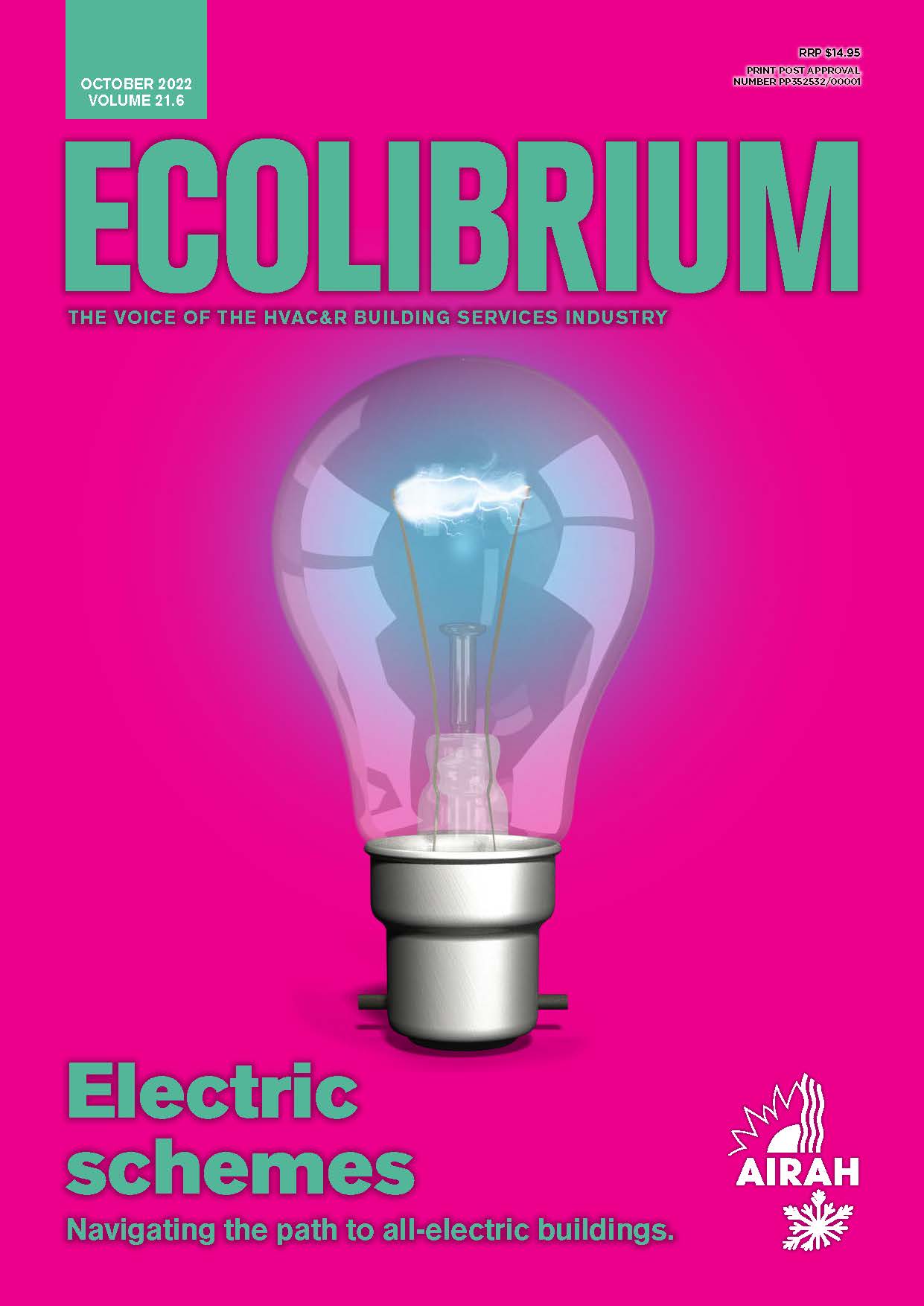The 2022 version of the National Construction Code (NCC) is now available online.
The major changes are the lifting of the minimum energy efficiency requirements for new homes from 6 to 7 NatHERS stars, and a new annual energy-use budget applicable to major appliances such as space conditioning, hot water, lighting, pool and spa pumps, offset by any onsite renewable energy generation.
NCC also uses a new structure and clause referencing system intended to improve useability.
NCC 2022 will be adopted on May 1, 2023, with transitional arrangements for some specific areas. New energy-efficiency and condensation mitigation requirements will begin on October 1, 2023. The same start date will apply to requirements for livable (accessible) housing.
In line with this, the changeover date for new testing requirements for passive fire protection systems has been pushed back to May 1, 2023.
Until these adoption dates, NCC 2019 Amendment 1 remains in force, though many new developments will start using the new code earlier than that. The ABCB has prepared information about using NCC 2022 before the adoption date, highlighting areas where special attention is required.
Go to ncc.abcb.gov.au












